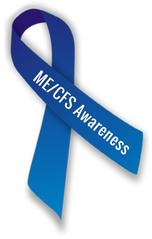
Senior Physiotherapist Julie Peacock, who has a special interest in Chronic Fatigue, does this through a thorough 1 hour assessment to assist clients to understand how the resulting changes in energy systems and muscular deconditioning affect each individual.
A personalised plan is created with the client with the aim of reducing pain and increasing movement with less effort, by releasing adverse mechanical nerve tension - a very common problem in clients with Chronic Fatigue. This is also done in conjunction with gentle hands on treatment to release tight joints, muscles and connective tissue structures. Furthermore, a very gentle staged movement and muscle reconditioning plan is developed.
This is based on the principles of energy conservation, avoiding core temperature increases and establishing safe baselines of activity, to avoid the common ‘kick back’ effect of exercise which can put people in bed for a week.
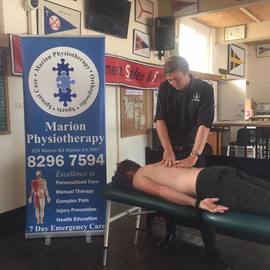
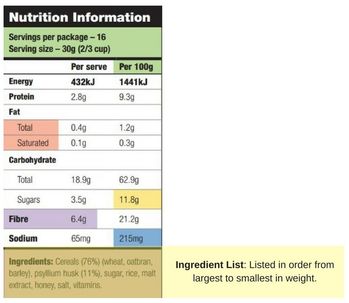
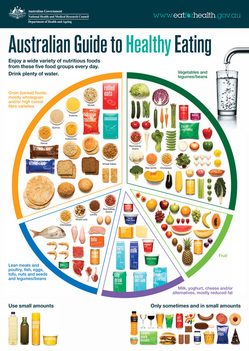
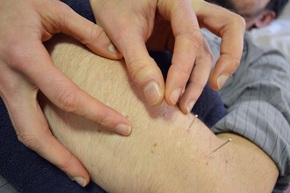
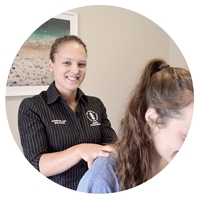


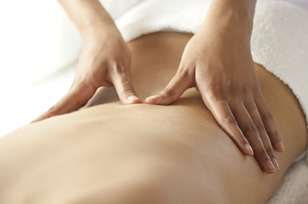

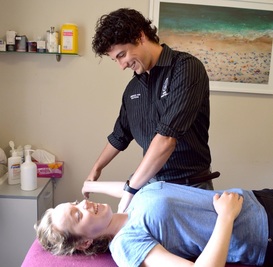
 RSS Feed
RSS Feed